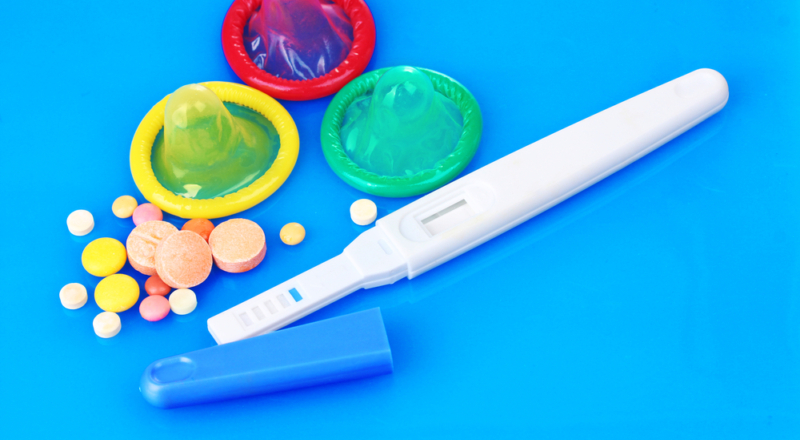Contraception has revolutionised women’s lives since the 1960s. The introduction of the oral contraceptive pill more than any other. Before the pill, a woman’s only option for contraception would be a condom. Many women find that they are too embarrassed to go into a store to purchase condoms and many more would have left contraception as the man’s responsibility. For the first time in history, women could prevent pregnancy by a small pill, which could be discreetly taken once a day of their own accord. They could postpone motherhood in pursuits for careers. They didn’t have to rely on the man’s consent to use a condom. They were relatively liberated. Nowadays, it’s often easy to forget all of the freedoms that contraception has given us. So here’s a little celebration for all forms of contraception. Here’s how to decide which is best for you.
Condoms
Condoms are the only form of contraception that can prevent pregnancy and the transmission of STIs or STDs. Unless you are in a monogamous, faithful relationship and you and your partner are regularly tested for infections or diseases, you should always use a condom. After all, it’s better to be safe than sorry.
The Pill
The oral contraceptive pill is a small pill that’s taken once a day. You will take the pill for three weeks of the month and take a break for the fourth. This is when you will menstruate. Try to take your pill around the same time every day. This makes it more effective. If you forget to fill in your repeat prescription, you can get cerazette online, as well as various other brands and forms of the pill.
The pill also serves other functions than just birth control. The pill can be used to your advantage in many ways. For some who suffer with spots or acne, the pill can help to clear your skin. If you take have a holiday coming up, a festival, a romantic getaway, or any other event where you’d rather your period didn’t make an appearance, the pill can be used to delay your period. This shouldn’t be done regularly, but is an effective way to put off the inevitable. If only for a few days or a week. To delay a period, continue taking your daily pill through the time you’d usually have a break.
The Implant
The contraceptive implant is a small tube of plastic that is inserted just below the skin in your upper arm. The procedure is fast, easy and painless. The nurse or doctor will inject you with a small dose of local anaesthetic to numb the area. They will then make a small incision in your arm and insert the device. The small wound will heal relatively quickly. The implant will then start to do its job. It will slowly release hormones into your body, preventing pregnancy for up to three years. If you still don’t want a child after the three years, you can simply have your original implant removed and a new one inserted at the same time. This saves the extra time and effort that it would take to head back a couple of days or weeks down the line for a new one to be fitted.
The Coil
The coil, or an “IUD”, is a small, T-shaped, plastic and copper device. It is inserted directly into a woman’s cervix by a nurse or doctor. Once it is fitted, it can prevent pregnancy for up to ten years. So pregnancy becomes a thing that you really don’t need to worry all too much about. If at any point during the three, five or ten years, you decide that you would like to conceive a child, you can have it removed at any time. Your fertility will rapidly return to normal and you should be able to conceive with no problems.
The Morning After Pill
The morning after pill is for emergencies only. It shouldn’t be used as a regular form of contraception. If your condom breaks, you’ve forgotten a pill, or just have unprotected sex, head to your local pharmacy and request the morning after pill. There are certain pharmacies where it is free, whereas others will charge. Ring up before heading to one if you require it for free. This pill can have a couple of nasty side effects. For example, nausea, sickness and vomiting. Ask your pharmacist any questions that you might have when you pick your pill up. Don’t feel embarrassed. These people are professionals. They’ll have heard it all before and will be able to answer any questions you have about contraception or sexual health.



